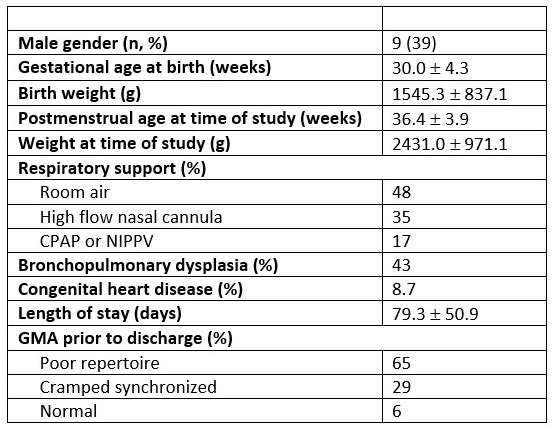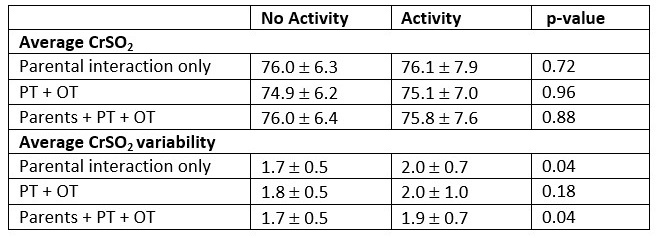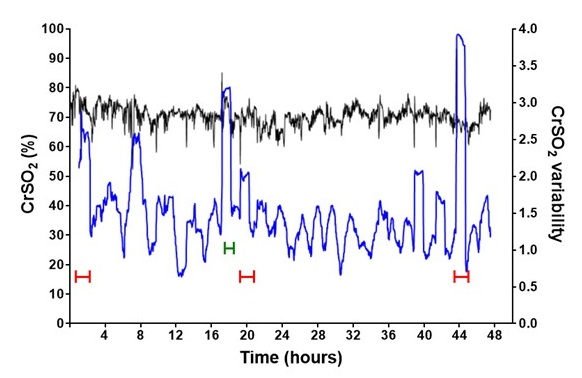Neonatology
Session: Neonatal Neurology 3: Clinical
46 - Association of Parental Interactions and Therapies with Cerebral Oxygenation Variability in the Neonatal Intensive Care Unit
Friday, May 3, 2024
5:15 PM - 7:15 PM ET
Poster Number: 46
Publication Number: 46.60
Publication Number: 46.60

Presley S. Volkema, MD (she/her/hers)
Neonatology Fellow
University of Virginia School of Medicine
Charlottesvile, Virginia, United States
Presenting Author(s)
Background: Near infrared spectroscopy (NIRS) is increasingly used in the neonatal intensive care unit (NICU) as a noninvasive method of measuring cerebral oxygenation (CrSO2). Recent studies indicate that CrSO2 variability may be a useful biomarker for prediction of neurodevelopmental outcomes in neonates with congenital heart disease. The impact of routine NICU interventions on CrSO2 variability is not well understood.
Objective: To prospectively study the association of routine NICU interventions, specifically parental interactions, physical therapy, and occupational therapy, with CrSO2 and CrSO2 variability.
Design/Methods: CrSO2 was monitored using NIRS in clinically stable infants for 48 hours. Values of CrSO2 were continuously captured using Foresight cerebral oximeters and averaged over 1-min intervals. CrSO2 variability was calculated using the root mean of successive squared differences (RMSSD) of averaged 1-min CrSO2 values over the monitoring period. To characterize changes in CrSO2 variability over time, we calculated a 60-min moving variability measure for each minute of monitoring using the RMSSD differences from the previous 60 minutes. No changes in NICU care were made based on NIRS. All parental interactions and therapies were recorded. Wilcoxon matched pairs signed rank test was used to compare baseline and CrSO2 values during periods of activity.
Results: Twenty-three infants were included in the final data analysis. Enrolled infants had a mean gestational age of 30.0 4.3 weeks, postmenstrual age at time of study of 36.4 3.9 weeks, mean birth weight of 1545.3 837.1 g, and 39% were male (see Table 1 for full cohort demographics). There were no differences in CrSO2 levels during periods of activity vs. no activity. In contrast, CrSO2 variability increased during periods of parental interaction (2.0 0.7 during parent activity vs. 1.8 0.5 no activity, p=0.04) as well as during periods of parental interaction and therapy interventions combined (1.9 0.7 during activity vs. 1. 8 0.5 with no activity, p=0.04).
Conclusion(s): We observed that routine NICU interventions are associated with increased CrSO2 variability in clinically stable NICU patients. Further studies are needed to determine whether increased CrSO2 variability during routine NICU interventions is associated with favorable long-term improved neurodevelopmental outcomes. CrSO2 variability may represent a useful biomarker for the early determination of the safety and efficacy of NICU interventions.



